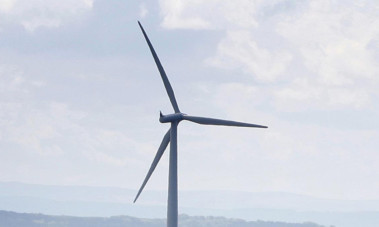The refusal of a £21 million Angus windfarm project has been upheld.
In the second recent veto of a major renewable energy scheme for the county, Angus Wind Energy was told its Corse Hill proposal, between Carnoustie and Arbroath, would be an excessive intrusion on the coastal landscape.
The Nether Kelly scheme involved seven 414ft turbines with an installed capacity of 17.5 megawatts.
One of the structures was to have been designated a community turbine, with a projected annual local benefit of more than £50,000.
Last August, Angus councillors followed an official recommendation to refuse the Corse Hill application.
At that time, project agent West Coast Energy said it was not surprised with the outcome, which it considered to be the result of an “unduly restrictive” Angus policy on location and visual impact.
In newly released appeal findings, Scottish Government reporter Michael Cunliffe said the determining issues were landscape impact, the effects on residential amenity and the contribution the proposed turbines would make to achieving national policy for renewable electricity generation.
He said: “I am concerned about the impact on the setting of Arbroath. Seen from the North-East… the town would appear against a backdrop of wind turbines.
“The turbines would also strongly influence perceptions of Arbroath for visitors by road or rail coming from the direction of Dundee, who would pass within one kilometre of the wind farm on their approach to the town.
“Wind turbines could thereby become a defining characteristic of Arbroath, much in the way that the two turbines of similar height at Baldovie are a major defining element of the eastern approach to Dundee.”
The appeal findings also said that for residents of East Haven and the surrounding area, the wind farm would be an “oppressive presence”.
The reporter noted there were “considerable benefits” to be weighed against development plan compatibility.
“The scheme would provide electricity equivalent to the annual domestic needs of most households in Arbroath, while saving the emission of at least 20,000 tonnes of carbon dioxide a year and injecting over £4 million into the local economy during construction.”
In conclusion, Mr Cunliffe said: “While a balance has to be struck, and involves comparing one set of environmental considerations with another, the renewable energy case here is not in my view so overwhelming as to outweigh the adverse landscape and visual impacts.”
